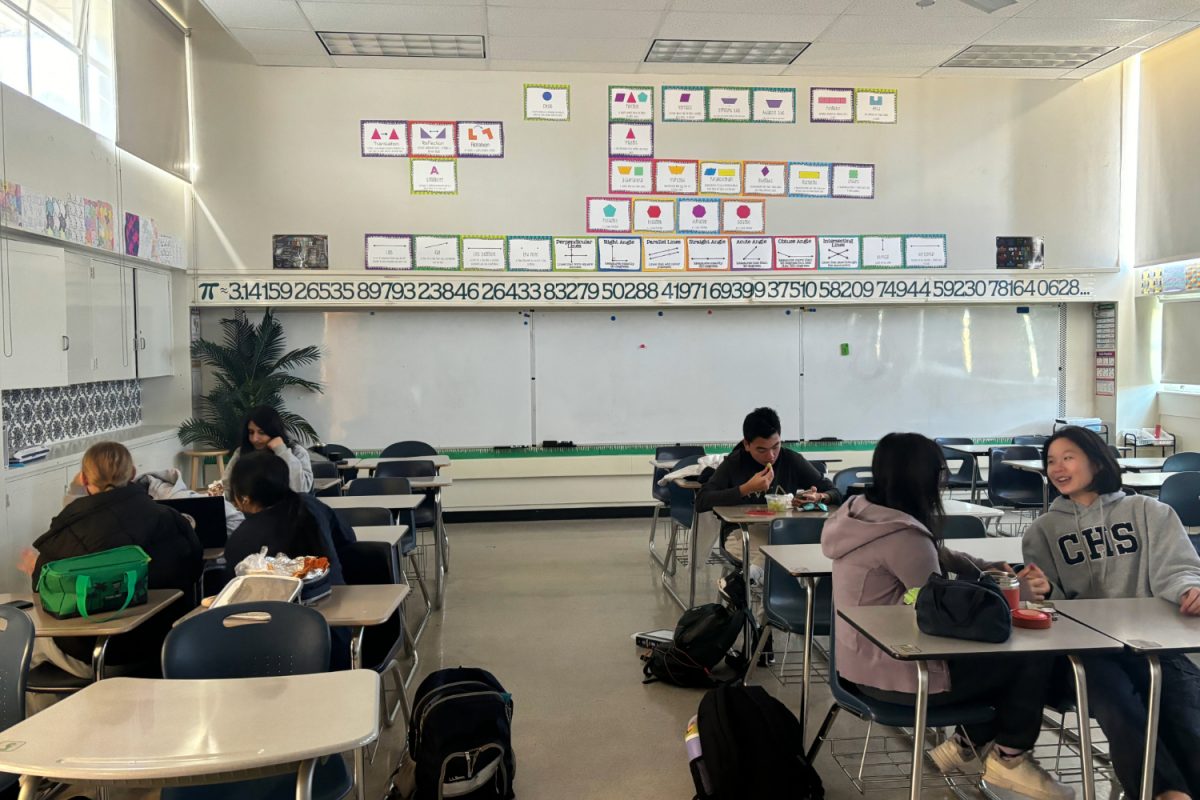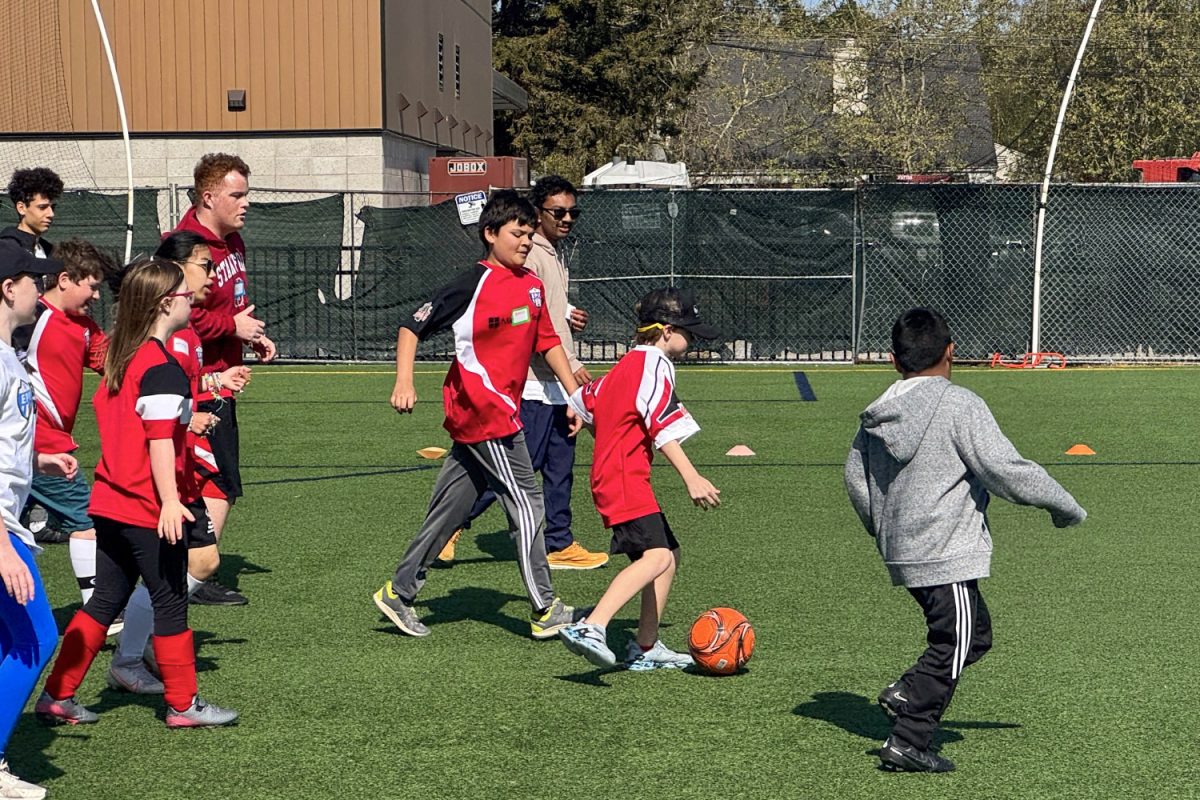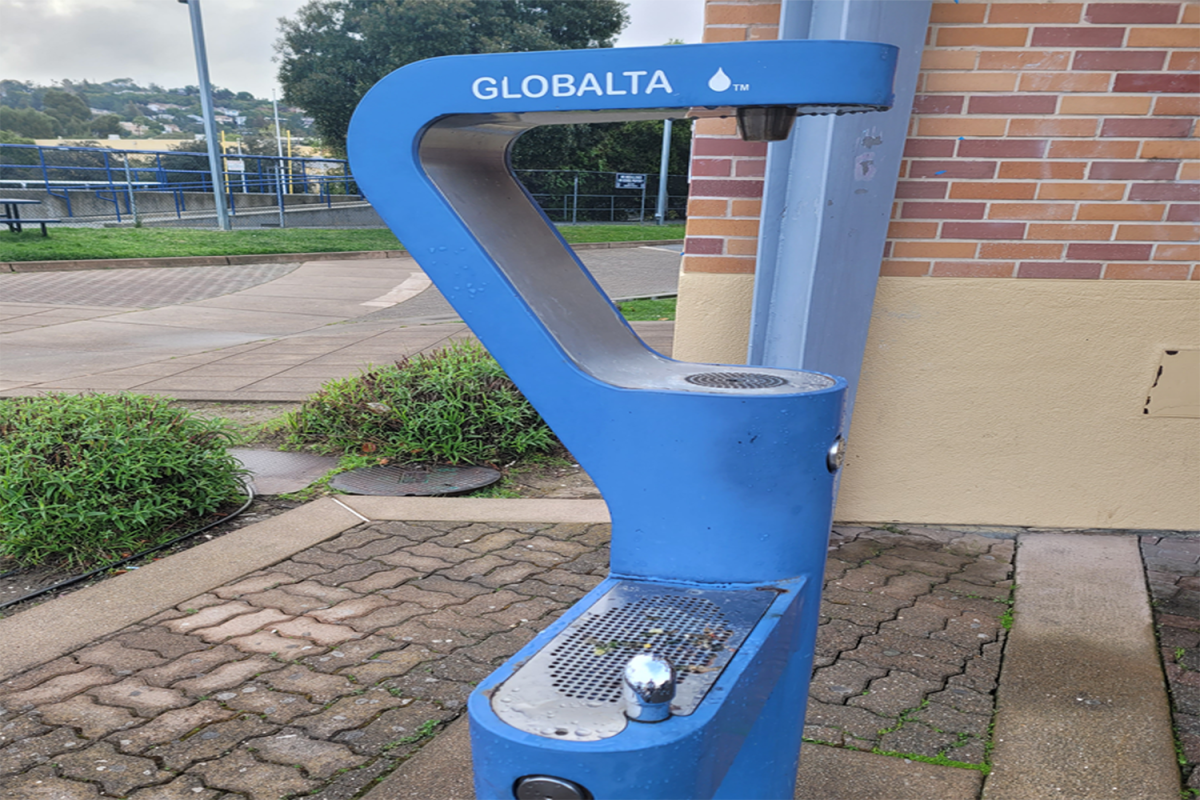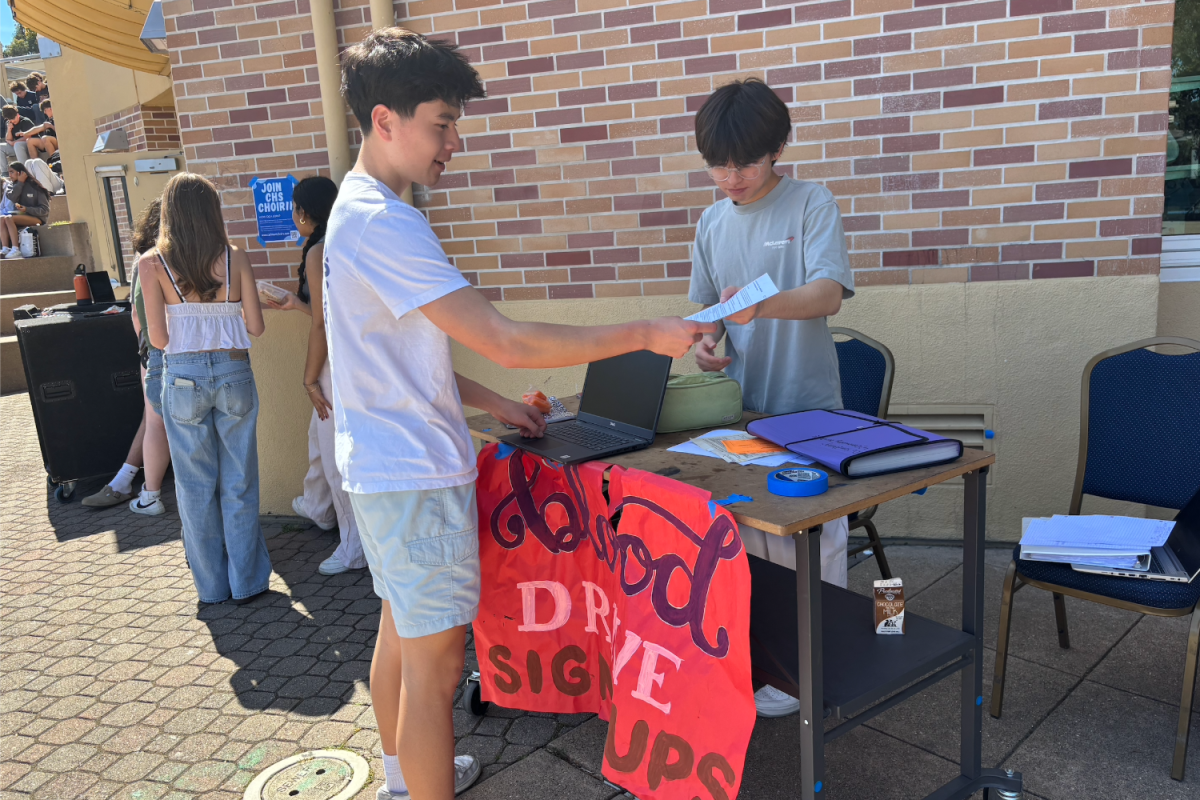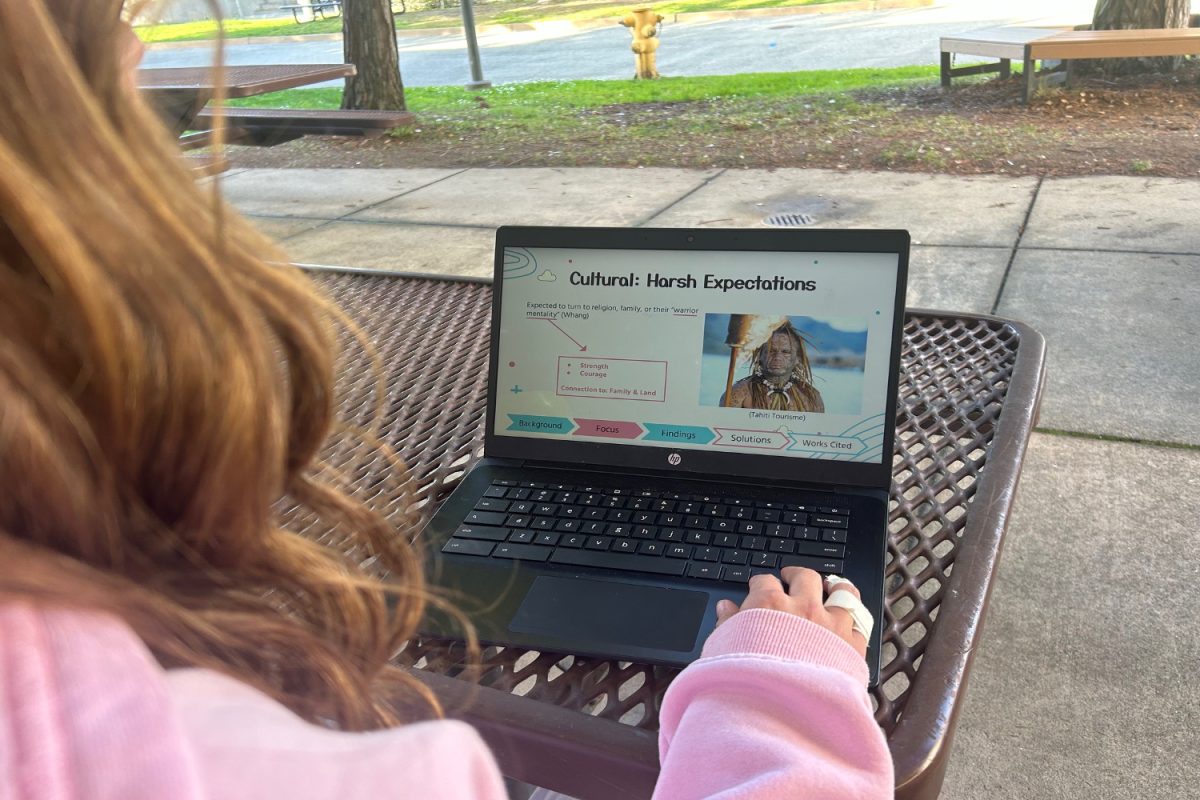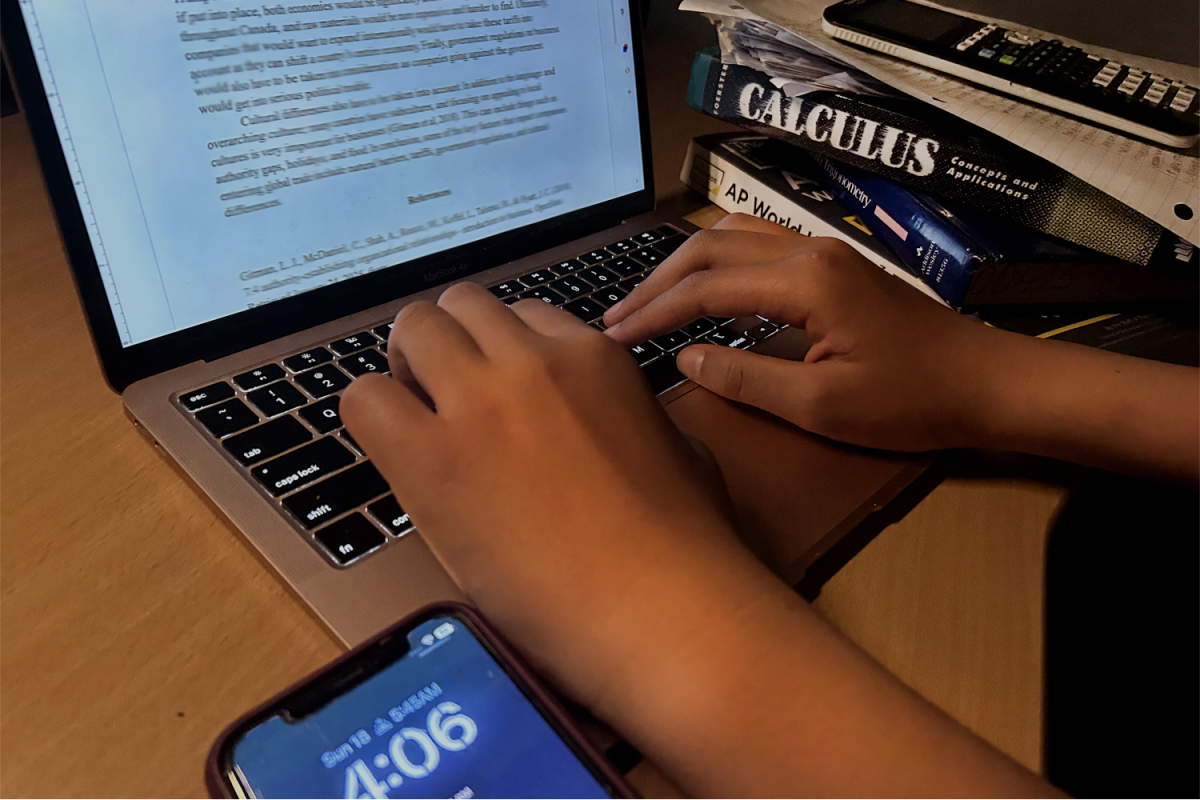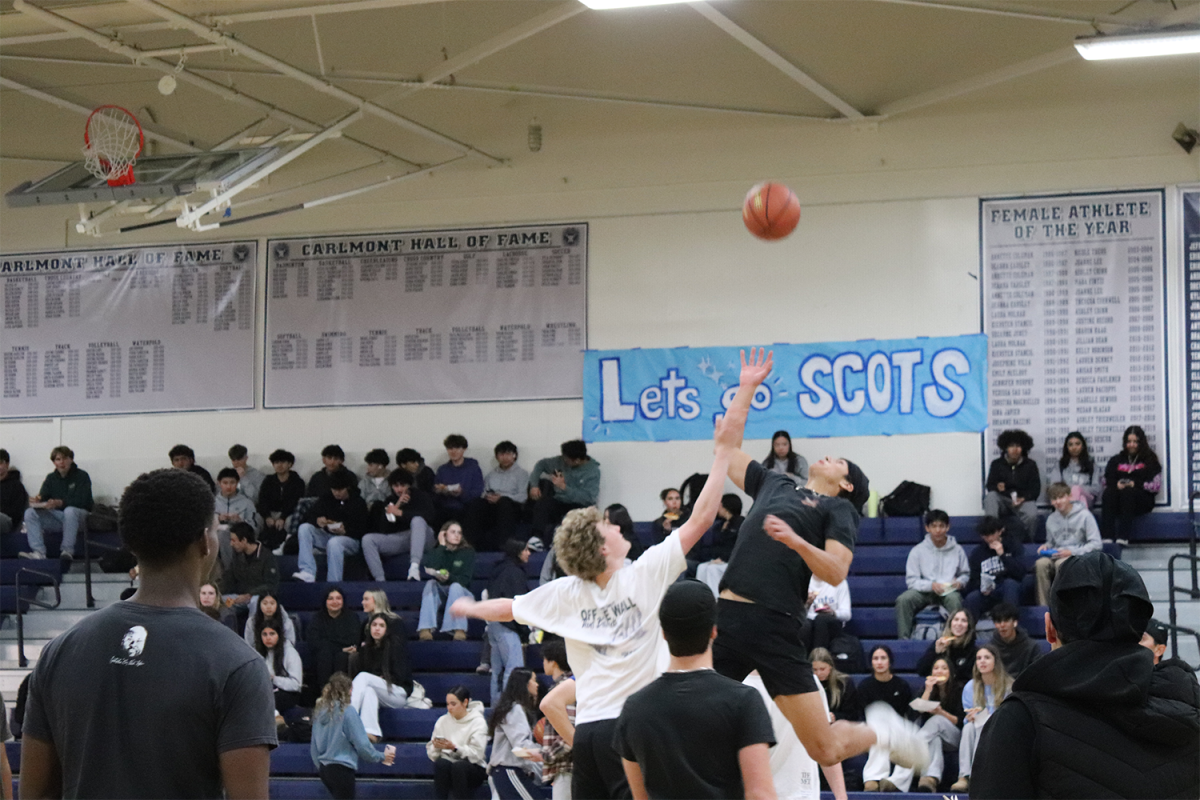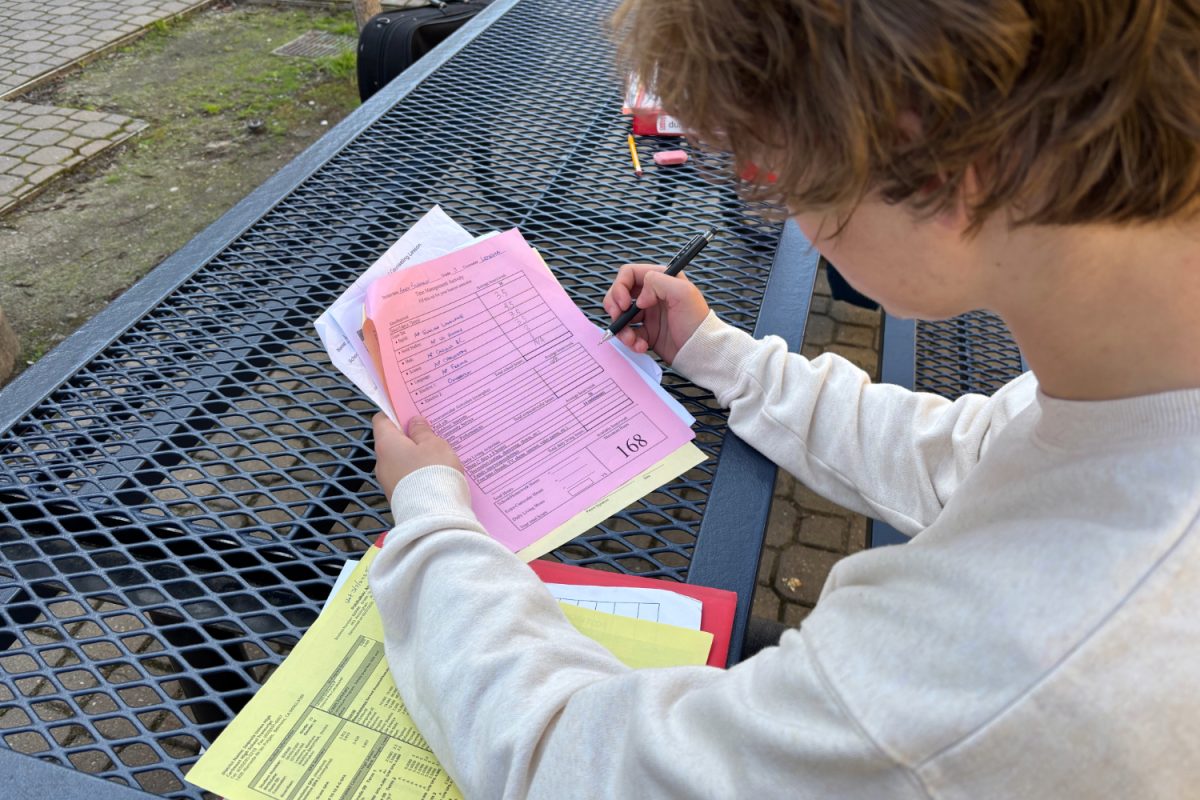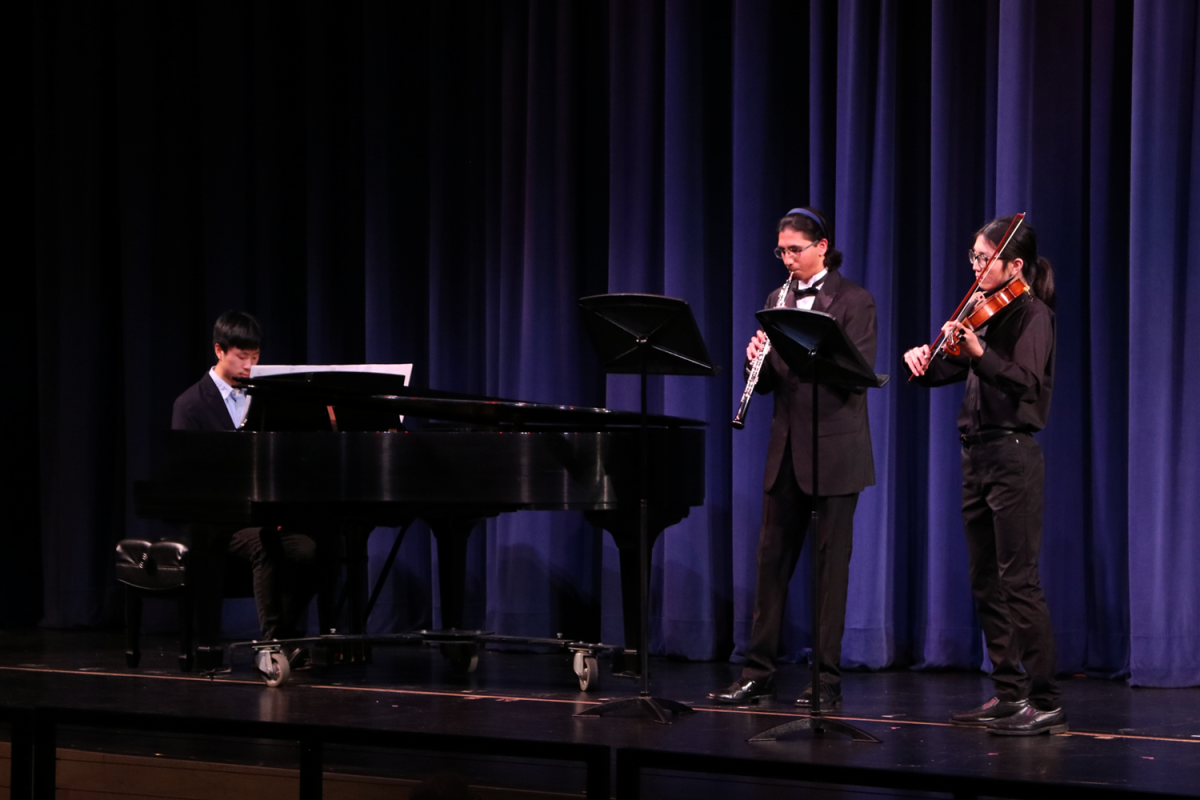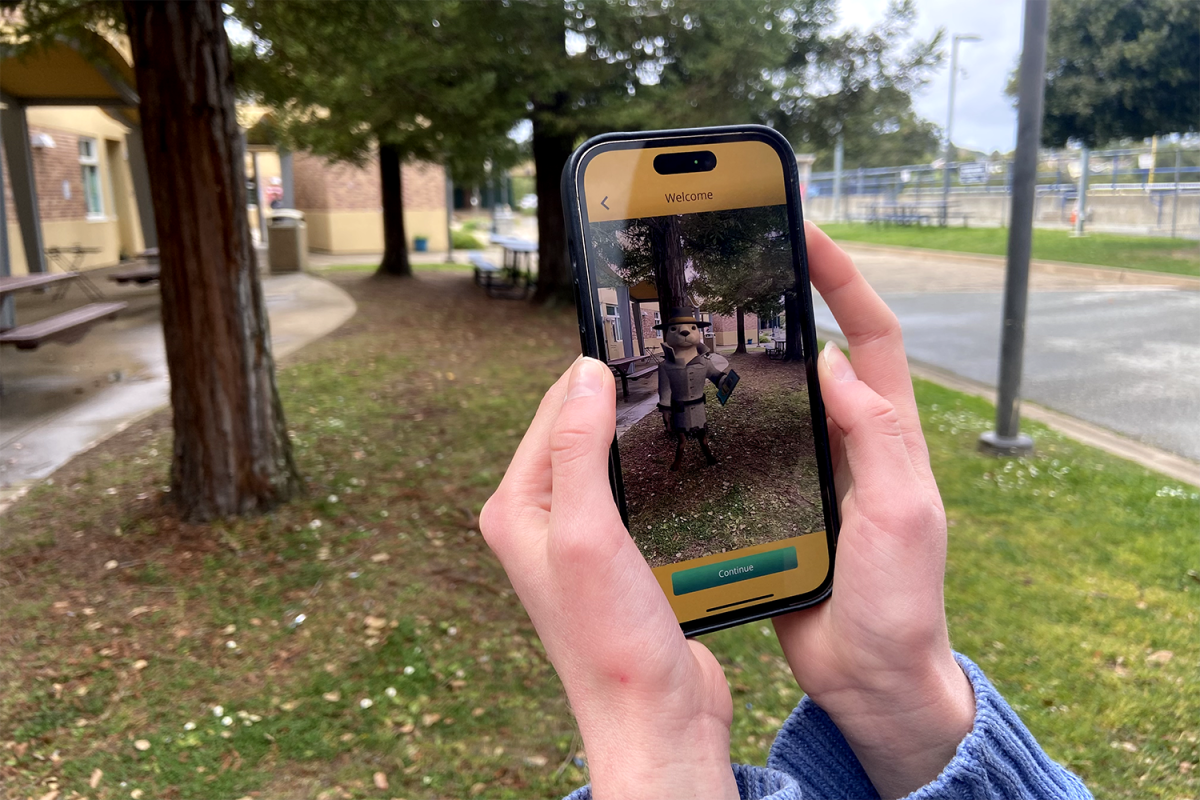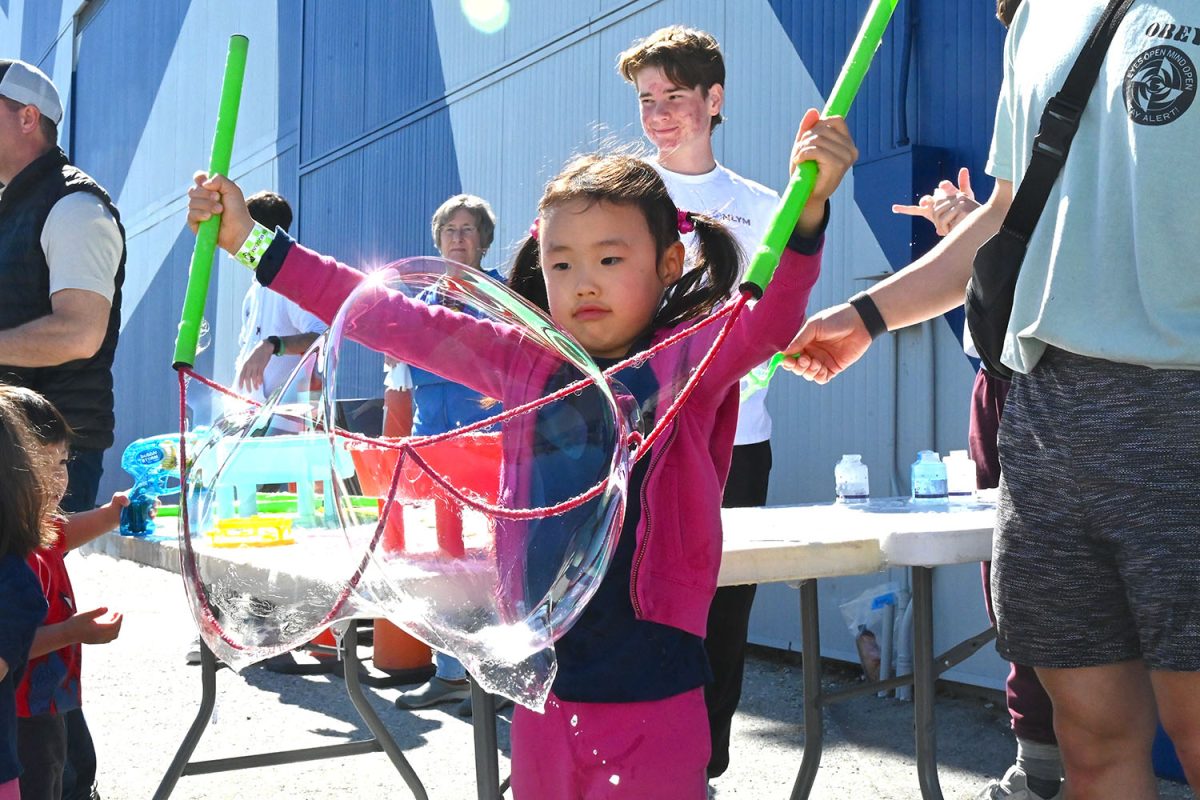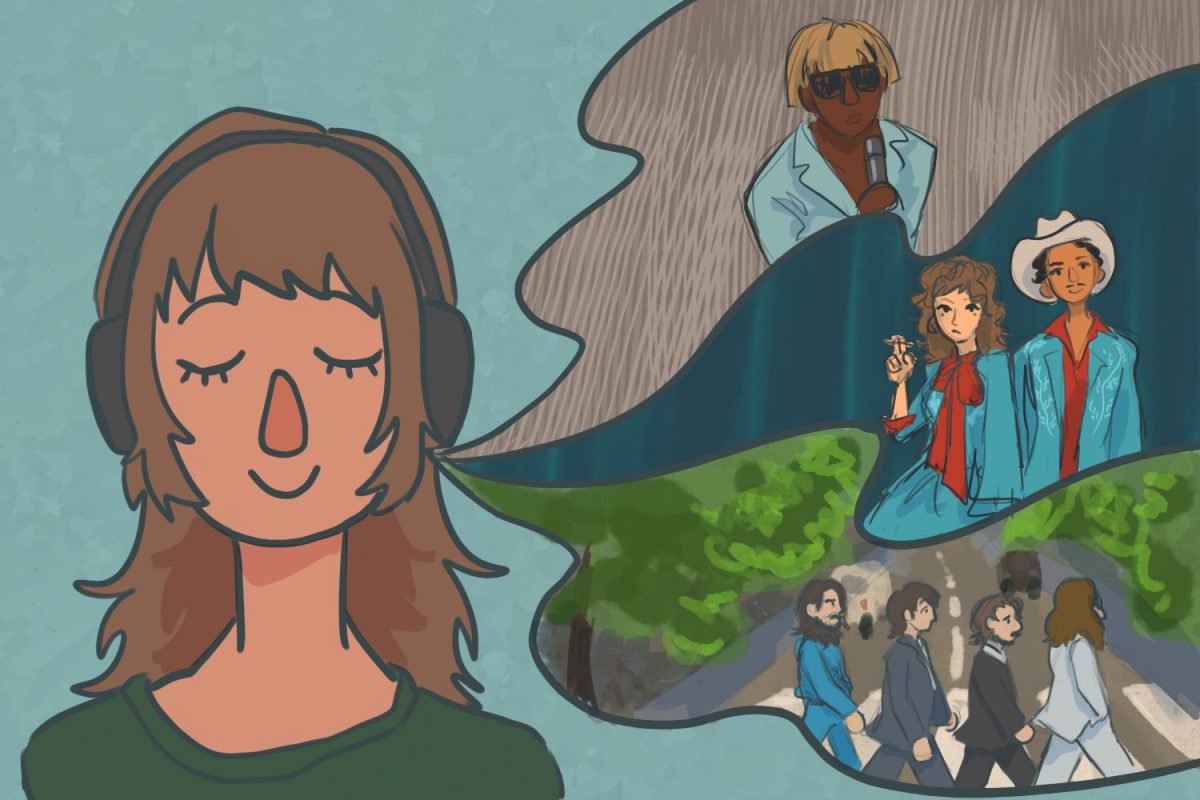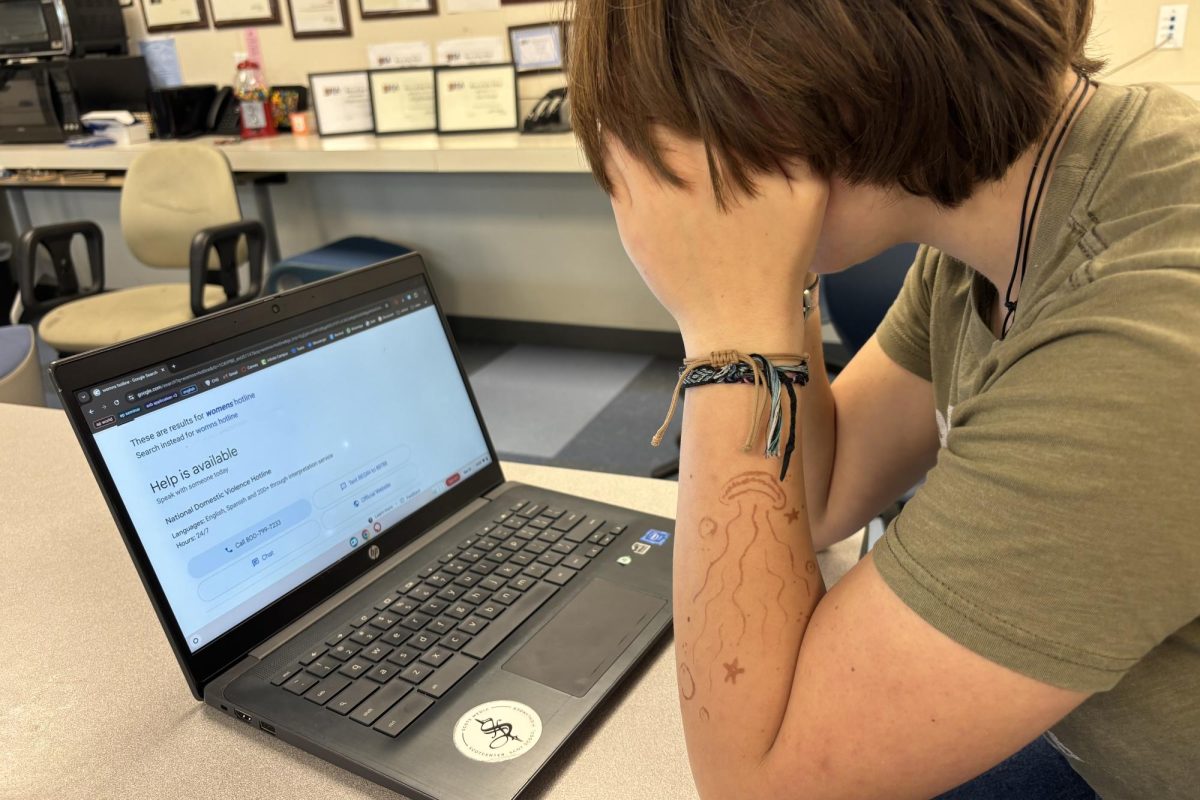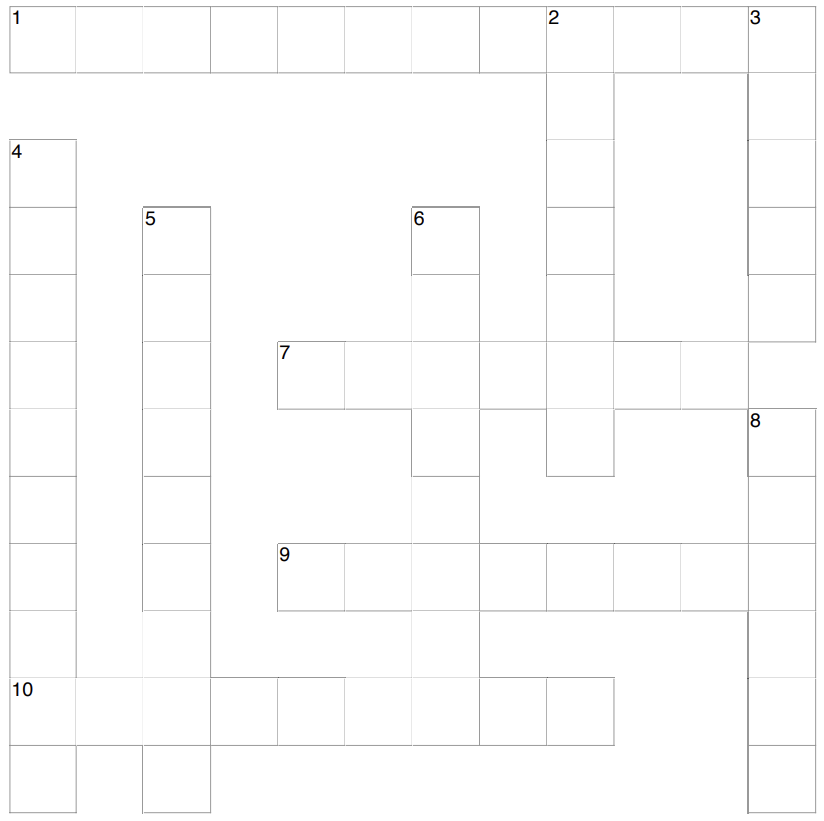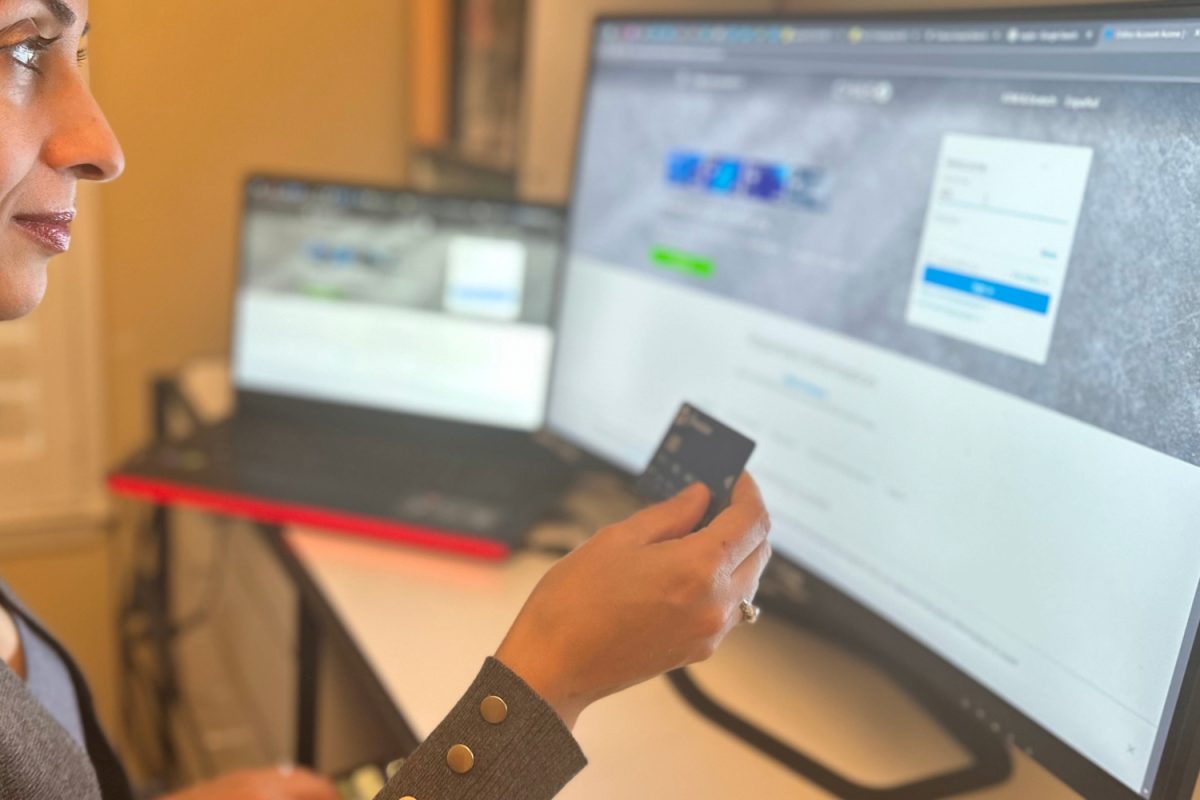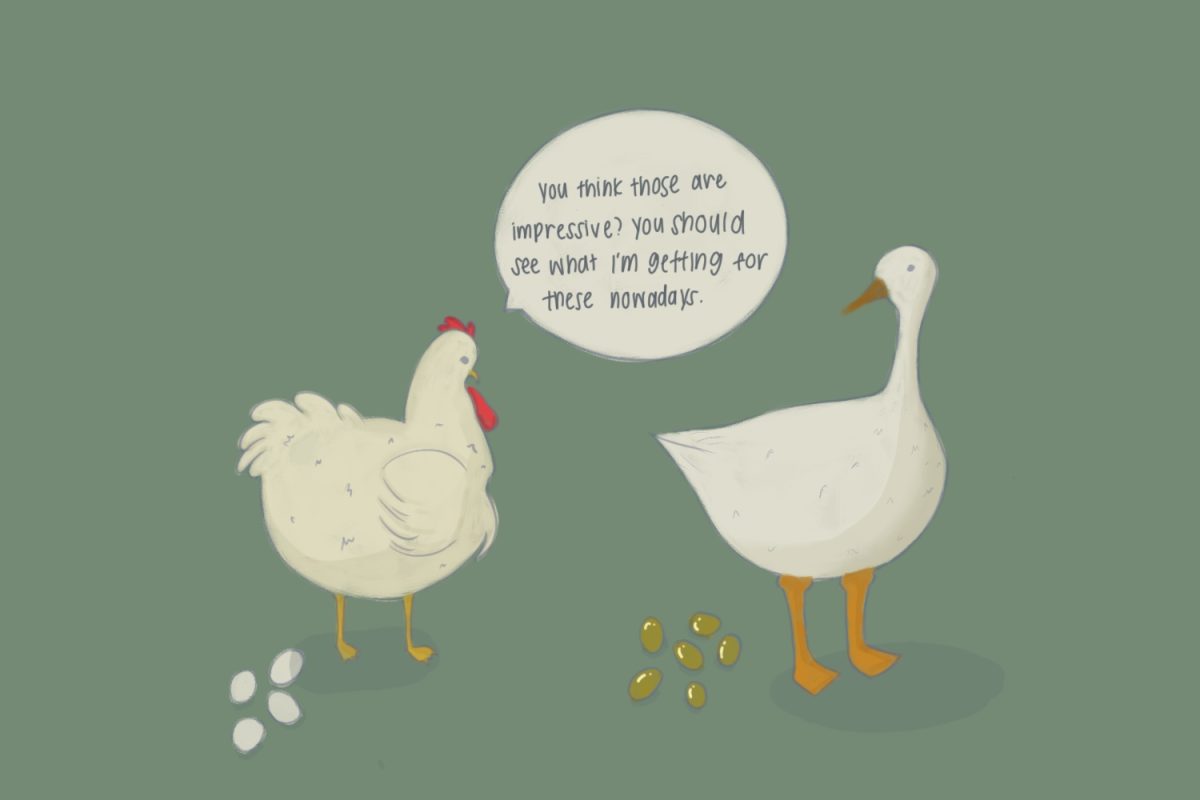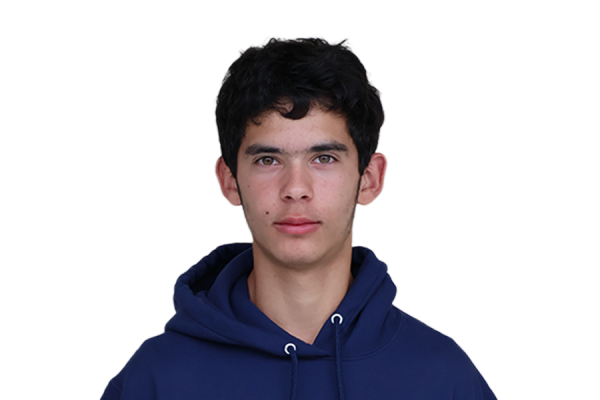Napping doesn’t just have to be for preschoolers. Carlmont’s Naptime Club thinks a midday snooze can help high schoolers too.
“People think taking naps is a little unusual because it’s something toddlers do,” said Jaysie Ho, the president of the Naptime Club. “I think napping during lunch will be very beneficial for the people that actually do it.”
Ho started the club after noticing that her friend was sleeping during lunchtime and that some people were sleeping during class. She offers her own experience in the club as an example of the energizing effects of napping.
“Napping really helps me be more productive and alert,” Ho said. “It also helps improve memory as a whole and cognitive functioning.”Some students prefer the club’s quiet and dimmed environment to study, which may help students improve their sleep schedule.
“If the attendees get their homework done faster, then they won’t have to stay up the entire night,” Ho said.
Most high school students struggle to reach the recommended amount of sleep. According to the Centers for Disease Control and Prevention, about seven out of 10 students do not sleep enough on school nights. Students who don’t get enough sleep are more likely to take naps and nap for longer. At least 40% of adolescents nap at least once a week, according to the Sleep Research Society.
However, napping may harm students who want to catch up on sleep.
“If you break up a sleep cycle less than 90 minutes in, you are more likely to be dysfunctional in the immediate hour,” said Dr. Judith Barnes Clark, a pediatrician in Arizona. “It doesn’t count towards the full rest that your body needs.”
According to Barnes Clark, as long as attendees do not enter deep sleep, the club’s meetings act as healthy reprieves from the school day.
“It’s important because then you know there’s more to you than just that school function part,” Barnes Clark said.
James Bohac, a teacher at Carlmont who previously taught AP Psychology, also said that napping to regain sleep would not be practical, considering teenage circadian rhythms.
“For teenagers, you really aren’t naturally set up for napping in the middle of the day,” Bohac said.
Nevertheless, Bohac cites the siesta, a tradition for a midday nap in Spain, as an example of how people can tame their circadian rhythms to derive benefits from napping.
“It seems to be a nice custom. We’re creatures of habit, and if you trained yourself for napping, you’d probably be able to do it,” Bohac said.
Ho wants people to try napping and observe how it affects their productivity.
“It’s like with the iPhone: you don’t know you need it until you have it,” Ho said.

